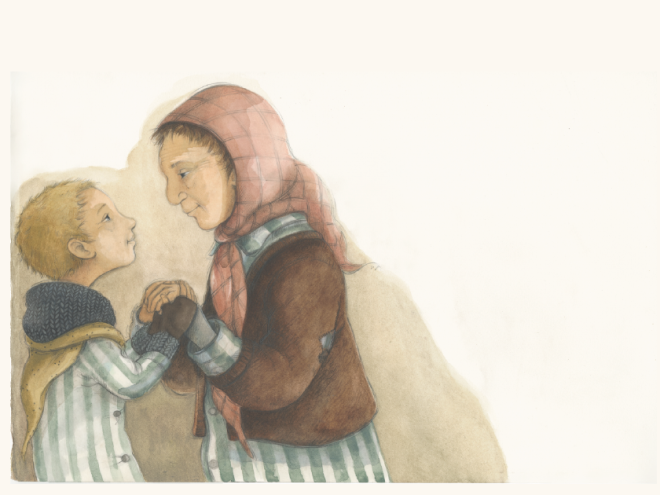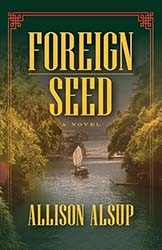After Kristallnacht, Jews could no longer stay in Austria and Germany and searched for places of refuge. One country that accepted them was Shanghai, China. In Shanghai, the Jews preferred the more “uptown” neighborhood, “the French Connection.” While still below Austrian standards, it was where, for a while, they formed a little Viennese-type section with schools and stores. When Japan occupied Shanghai, all Jews were moved to a filthy, impossibly crowded section of the city whose residents had to obey the mercurial whims of a squat Japanese officer whose approval was needed for Jews to cross over to the better part of the city where many had jobs or businesses.
What is remarkable about this book is that through a young child’s eyes, the history and aura of Shanghai become immediate. The child-reader, identifying with Lily, will gain an understanding of the trials experienced by Lily’s and other Jewish families when they are ordered out of French Town to a filthy, shabby ghetto. In addition to their increased having to “make-do” and find new friends, in the course of this part of the book Lily experiences fear, illness, bombings, freezing cold, shortage of food and wondering if the war would ever end.
The decision regarding when to introduce Holocaust literature to younger children has been debated for years, but Kathy Kacer makes it plausible to introduce it to readers from grade 3, using her excellent “A Holocaust Remembrance Series for Young Readers.” Shanghai Escape is the 12th and most recent book of the series.
Recommended for ages 8 – 12. Illustration, photos.




